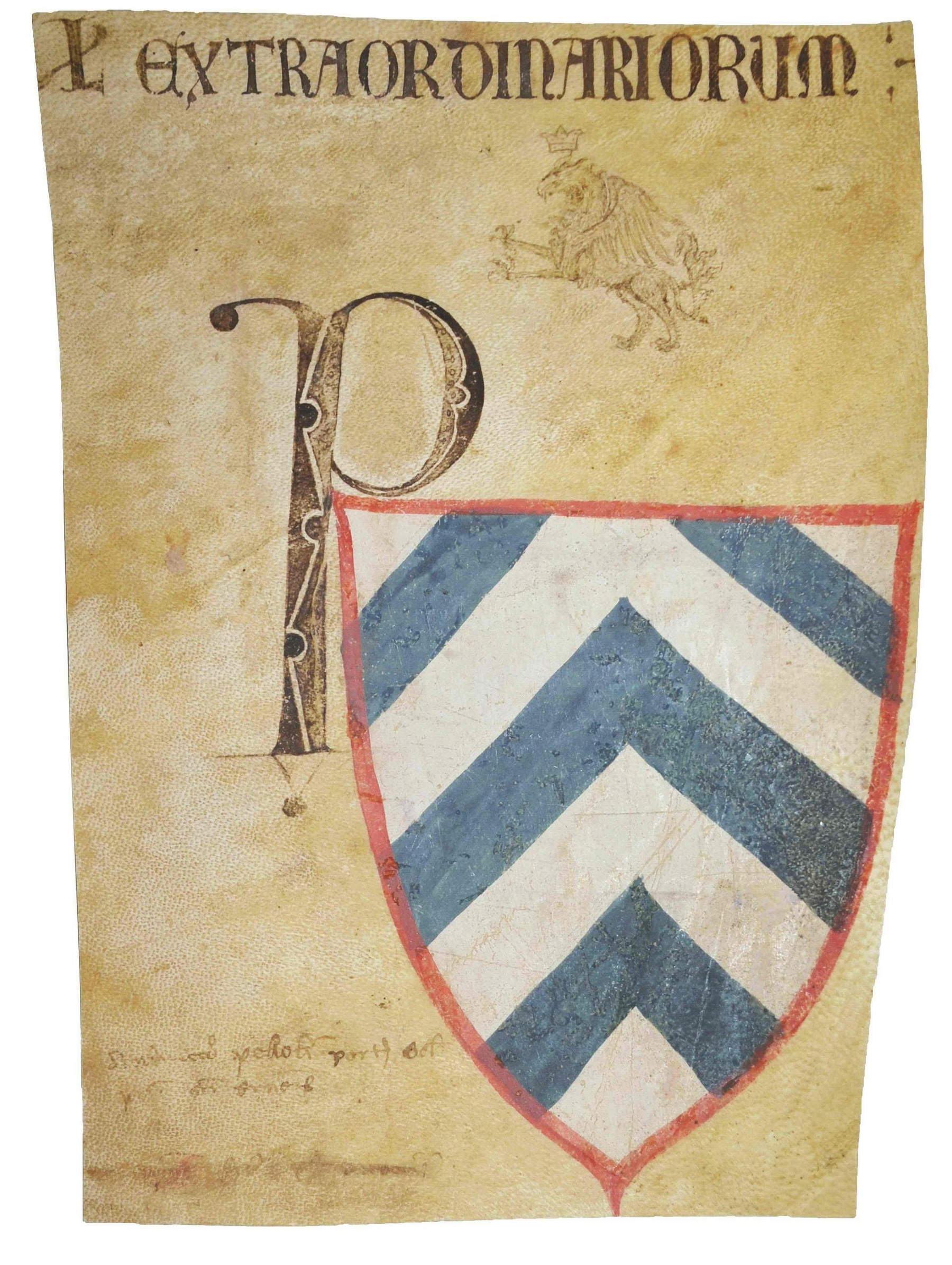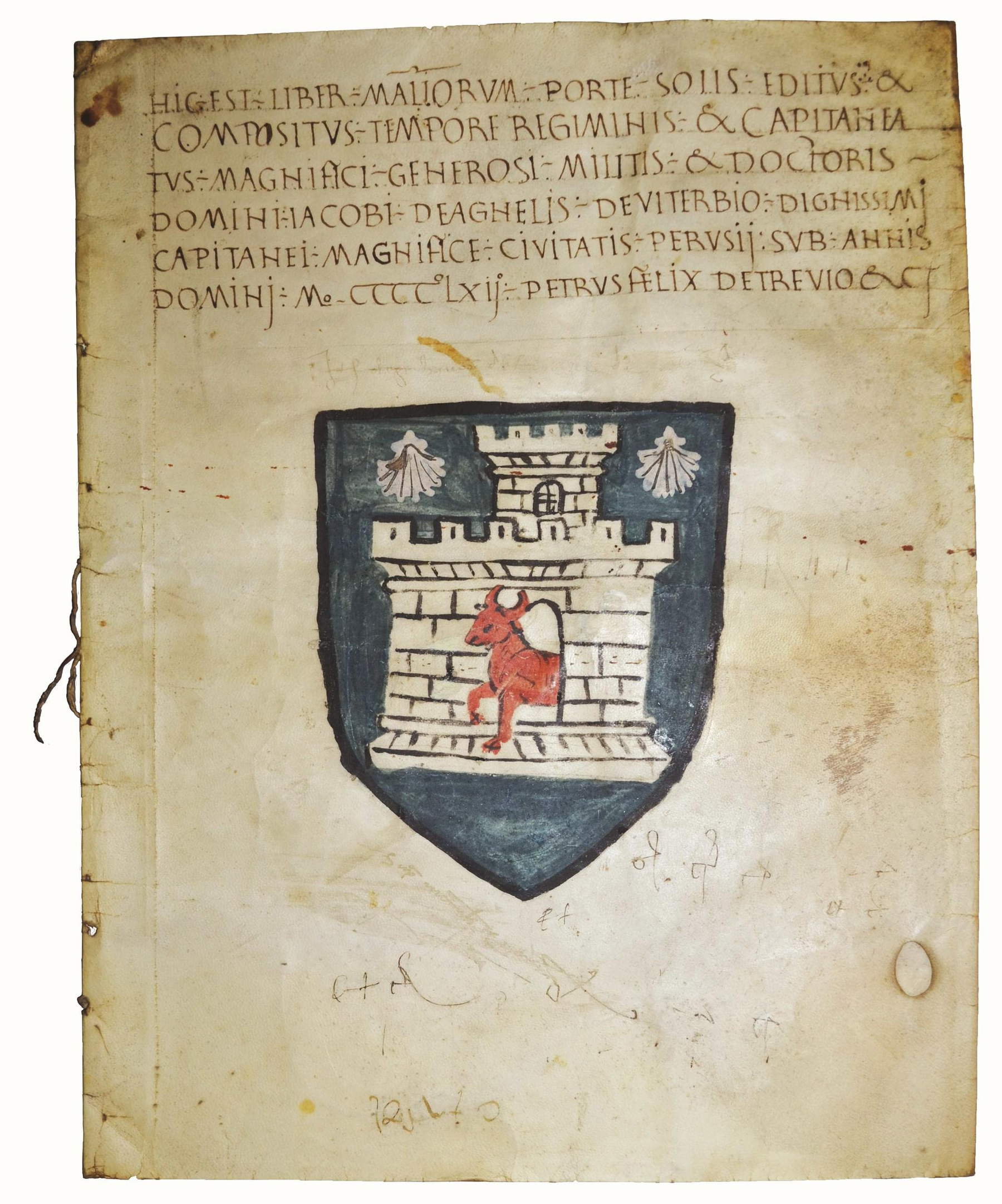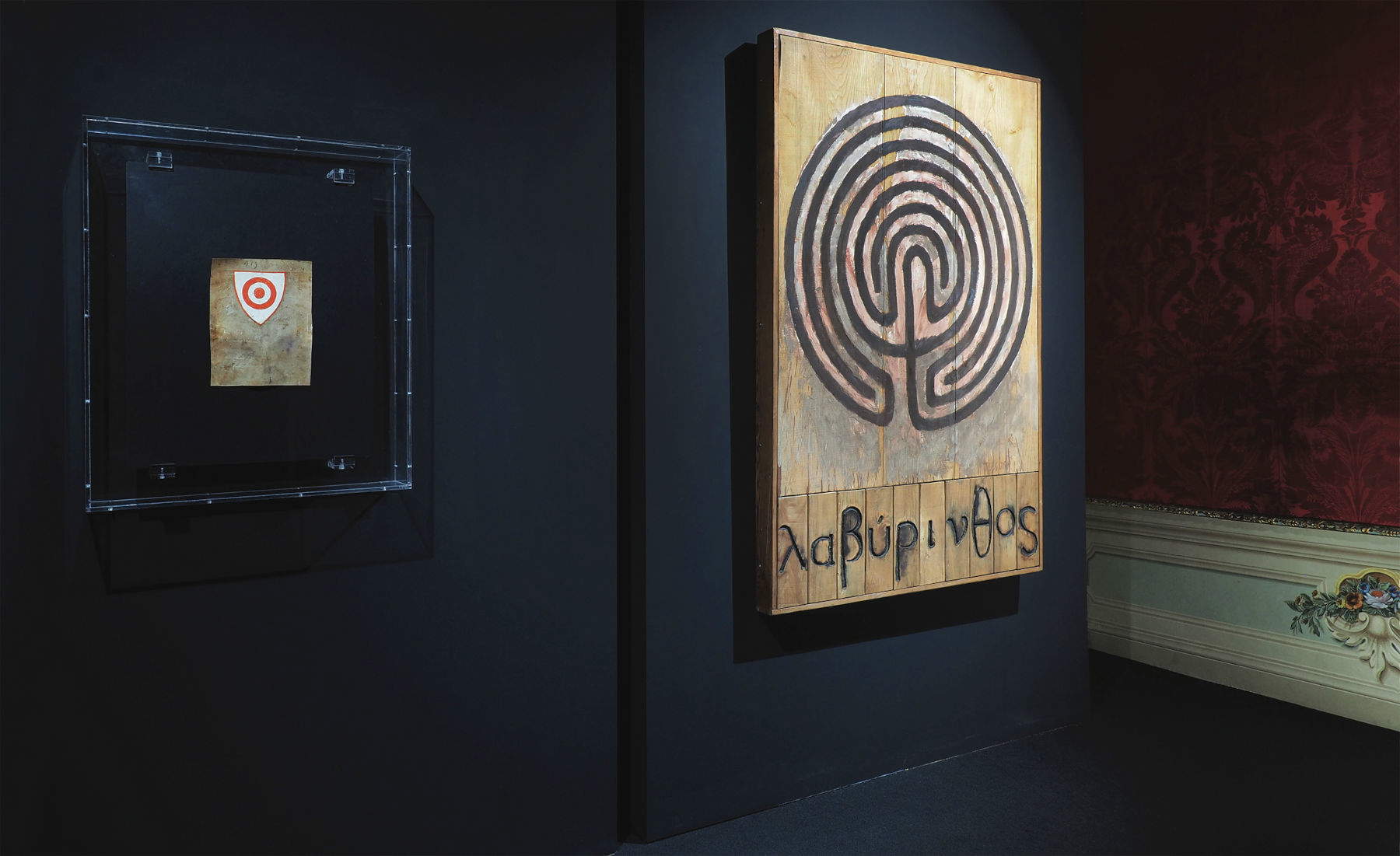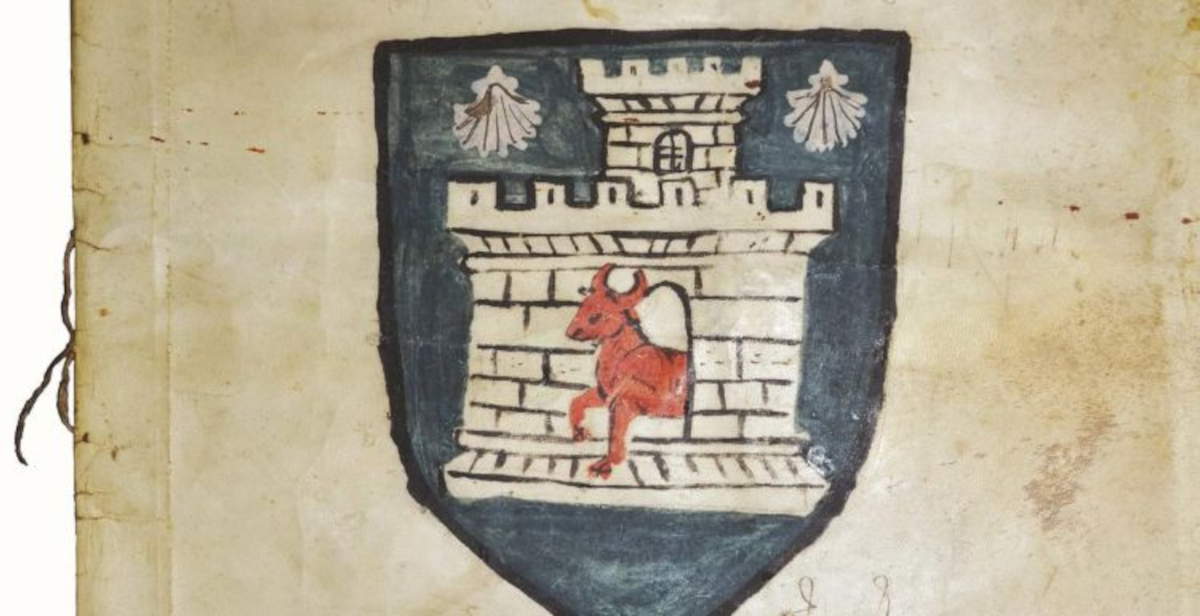The Albertini Collection, a nucleus of 1,749 parchments and documentary covers of Perugia origin dating from the 14th and 15th centuries, was presented today at theState Archives inRome’s historic headquarters of Sant’Ivo alla Sapienza. The collection was recently acquired by the Perugia Foundation, thus bringing back to the Umbrian city an important part of its historical memory after more than 170 years.
Present at the presentation conference were Antonio Tarasco, director general of Archives of the Ministry of Culture, Giovanna Giubbini, executive of the Ministry, Alcide Casini, president of the Perugia Foundation, and researcher Matteo Ferrari. The acquisition operation represents the outcome of a synergy between public and private entities, in particular between the Perugia Foundation, the State Archives and the Archival and Bibliographic Superintendence of Umbria. The result is the return to Perugia of a documentary heritage that bears witness to a long segment of its administrative and judicial life.

“It is a great applause that - a year later - I address once again to Fondazione Perugia for the purchase of the Albertini Collection, a valuable collection of 1749 documents and parchment blankets dating back to the 13th and 15th centuries,” stresses Antonio Tarasco, General Director Archives of MIC.“Kudos for bringing this extraordinary collection back to its territory, but above all for making the public-private relationship a virtuous modus operandi that has allowed, in a small territory like Perugia, full cooperation between our offices and those of the Foundation. Already I know that - also thanks to our support - an in-depth work of study, analysis and restoration has been initiated that will allow the full valorization of the parchments. I hope that this kind of collaboration can also be put in place for future use, so that the precious documents can be widely disseminated to a wider audience of citizens and history enthusiasts.”
“The Albertini Collection represents a precious piece of Perugia’s historical memory that, after more than 170 years, finally returns home,” concluded Alcide Casini, president of Perugia Foundation. With this operation we wanted to return to our community an extraordinary identity heritage, the result of a virtuous collaboration between the public and private sectors. But we did not stop at simple acquisition: the enhancement through study, restoration and dialogue with contemporary art makes this return even more alive and relevant, capable of speaking to the present and to new generations."
The parchments, finely decorated and painted, were once an integral part of registers that belonged to podestà, captains of the people, judges and mayors of the Municipality of Perugia. These are covers and bindings of official documents that, in addition to their artistic and heraldic value, hold traces of the political and administrative structure of the medieval municipality. Taken together, they constitute a relevant source for the study of the city’s institutional and cultural history.

The long exile of the parchments began in 1853, when the municipal administration of Perugia, then under the control of the Papal State, decided to alienate part of the documentation preserved in its archives. For the sum of 500 liras, the fund was purchased by Joseph Spithöver, a German antiquarian active in Rome and owner of a well-known bookstore and publishing house. Spithöver kept the materials for about twenty years, later attempting to resell them to both the City of Perugia and the nascent Kingdom of Italy. However, both institutions failed to complete the purchase, leaving room for Louis Albertini, an Argentine jurist of Italian descent, who came into possession and transferred them to Paris.
There the collection remained in the care of the Albertini heirs until June 2024. After more than a century and a half, the Perugia Foundation managed to bring it back to Italy by winning 153 lots at the Mirabaud Mercier auction house at a public sale held in Paris on the evening of June 21. The acquisition took place with the formal authorization of the Archives of France, completing a process that involved legal, archival and diplomatic expertise. Since the acquisition, the parchments have undergone extensive study, restoration and cataloguing work. The activities are being conducted in collaboration with the Archival and Bibliographic Superintendence of Umbria, with the aim of reconstructing the political and institutional context in which they were produced. The information obtained is returning a more articulate and precise picture of city justice in the communal era, offering new insights for local historiography as well.
Indeed, an important part of the initiative concerns the public enjoyment of the fund, now displayed in an exhibition entitledEXTRA.Ancient Signs/Contemporary Visions, curated by Marco Tonelli. The exhibition, which opened at Palazzo Baldeschia Perugia, will remain open to the public until Jan. 6, 2026. The exhibition aims to restore the aesthetic and symbolic richness of historical scrolls, putting them in dialogue with works by eighteen contemporary artists. Among the names involved are Alighiero Boetti, Emilio Isgrò, Maria Lai, David Tremlett, Gianni Dessì and other interpreters of the Italian and international art scene. The objective is twofold: on the one hand, to make known a documentary heritage that is still little known; on the other, to show its vitality and ability to generate new meanings in the encounter with the art of the present.

The exhibition develops a dialogue between past and present through juxtapositions that eschew mere formal analogy, focusing rather on the tension between different languages and the suggestions that emerge from the comparison between illuminated codex and contemporary artistic gesture. Parchments are still active devices, capable of triggering reflections on writing, identity and the representation of power.
 |
| Perugia Foundation acquires the Albertini Collection: 1749 valuable parchments from the 14th-15th centuries |
Warning: the translation into English of the original Italian article was created using automatic tools. We undertake to review all articles, but we do not guarantee the total absence of inaccuracies in the translation due to the program. You can find the original by clicking on the ITA button. If you find any mistake,please contact us.